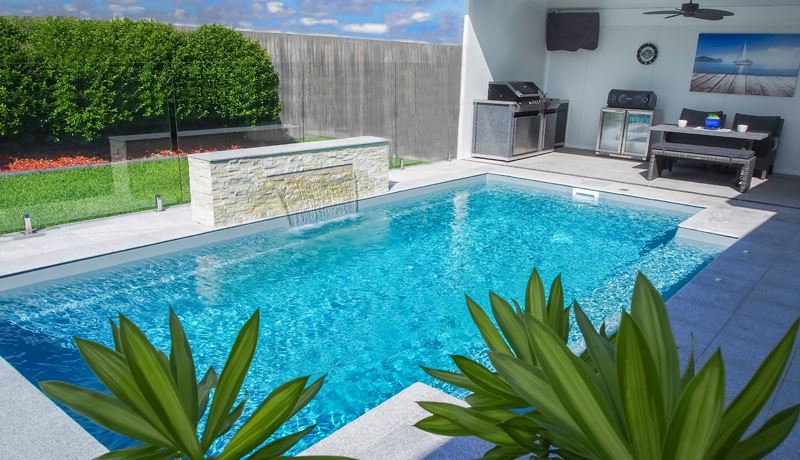
Understand Pool Terminology

In the realm of swimming pools, you might understand the more popular pool terminology: “in-ground” and “above-ground” pools, as well as the various types of pools available such as fiberglass, concrete, vinyl liner, and others. If you’re undertaking a pool project, you should familiarise yourself with swimming pool terms and grasp an understanding of the roles of a pool pump, filter, and chlorinator and how essential they are for maintaining water quality. Familiarity with seasonal maintenance tasks like setting up automation for heating, pool cleaners, and pool covers will ensure your swimming pool remains in top condition year-round.
In This Article:
Filter
The water is pumped through and forced down onto the filter. As the water passes through the filter, it traps dirt and removes it from the water. From time to time the filter will require backwashing to clean the dirt accumulated.
There are three types of filters – Cartridge Filters, Sand or Glass Filters, and Diatomaceous Earth (D.E) Filters.
Pump
Think of the pump as the heart of the pool. It circulates the water from the pool to the filtration and water treatment systems and delivers the clean water back to the pool.
There are a variety of pool pumps available from different brands, and most modern pumps are very quiet and effective. There are traditional single-speed pumps, and variable-speed pumps, allowing variation in operational speed, which results in environmental benefits and savings in electricity.


Robotic Cleaner
The Robotic Cleaner's function as automated vacuum cleaner is designed to collect debris from your pool. Their motor generates suction, enabling them to crawl along the pool floor and climb up walls. The dirt collected is stored in a catchment on the body of the vacuum, which can be removed and emptied.
Suction Cleaner
The most common automatic pool cleaner, suction cleaners attach with a hose to the skimmer box using the pool’s existing filtration system to move around the bottom and sides of your pool using suction. The debris is passed through the hose and collected in the skimmer box basket which can be emptied at the end of its timed cycle.
Hydrostatic Valve
The hydrostatic valve, also known as a Hydro-valve, prevents issues such as the pool raising or causing movement due to water pressure. It operates by letting water from the surroundings enter the pool, relieving structural pressure.
Understanding pool terminology will help you during your pool installation. If you are ready to get your dream pool underway, contact your local authorised Leisure Pools dealership by clicking here.
